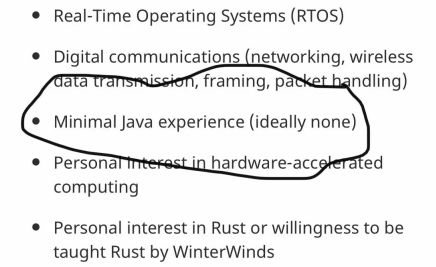

Jesus christ people in the comments here are pathetic. This clearly has nothing to do with racial slurs or otaku culture. It’s a play on the totally normal english word “tycoon” which just means “very rich businessman” and “mogul” which is a synonym for “magnate”. You can look these up, every half-decent dictionary has these words. They probably changed it because “coon” is a slur for black people and they didn’t want to cause any misunderstandings. If any of this offends you, please, please just step outside, touch some grass, take a deep breath, relax.




Forgejo is an activitypub-enabled Git forge software, and codeberg is one of the largest forgejo instances.
Tangentially related, but git-annex, and, in particular, its sync subcommand are a great tool for storing files and managing git repos across multiple machines (and even just loose drives) in a “P2P” way without any centralised server